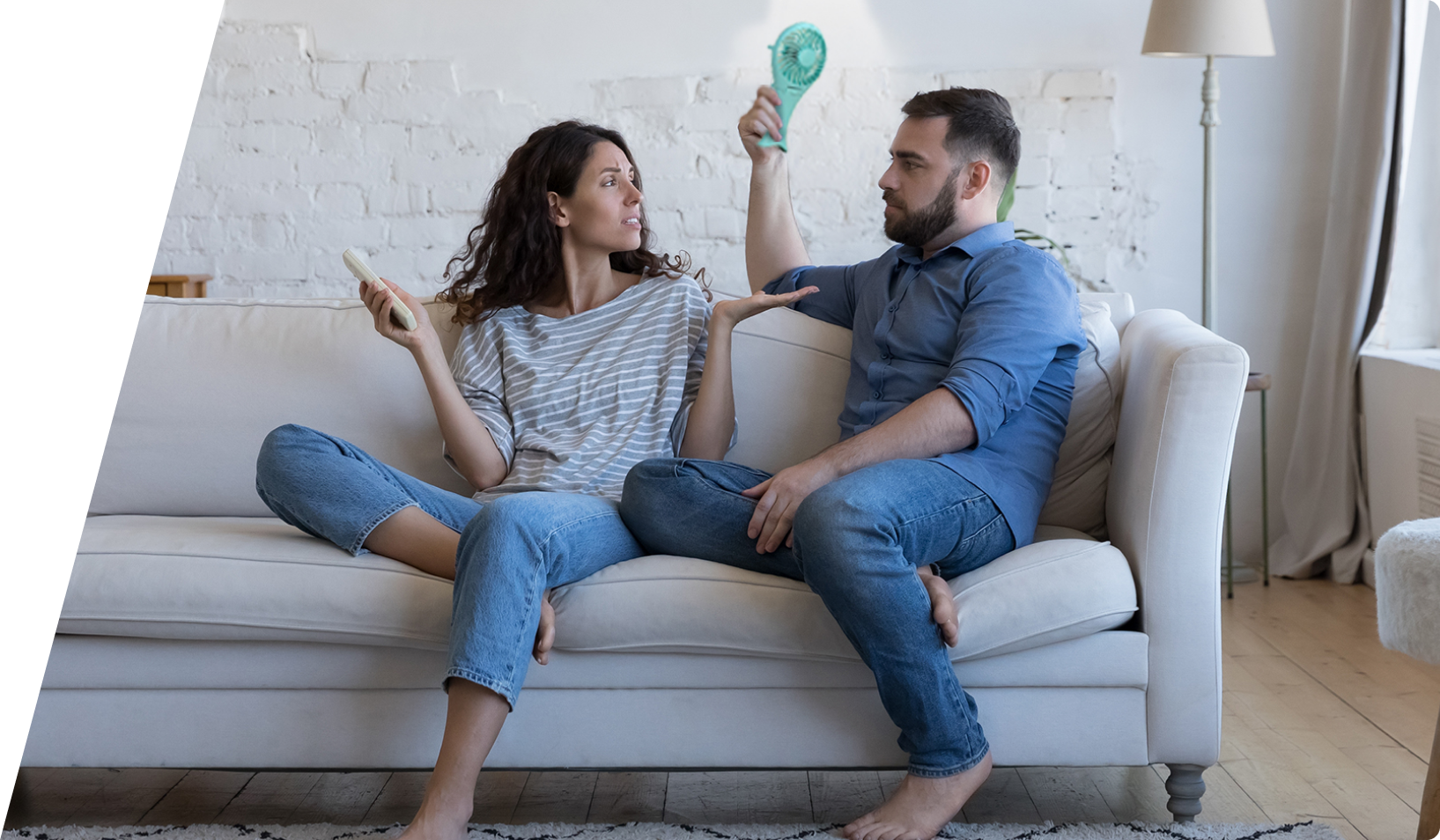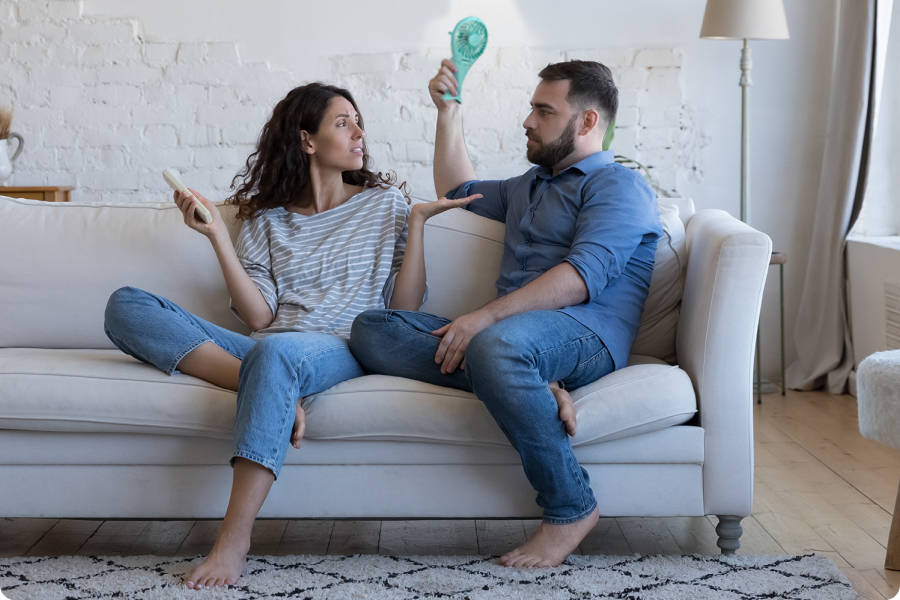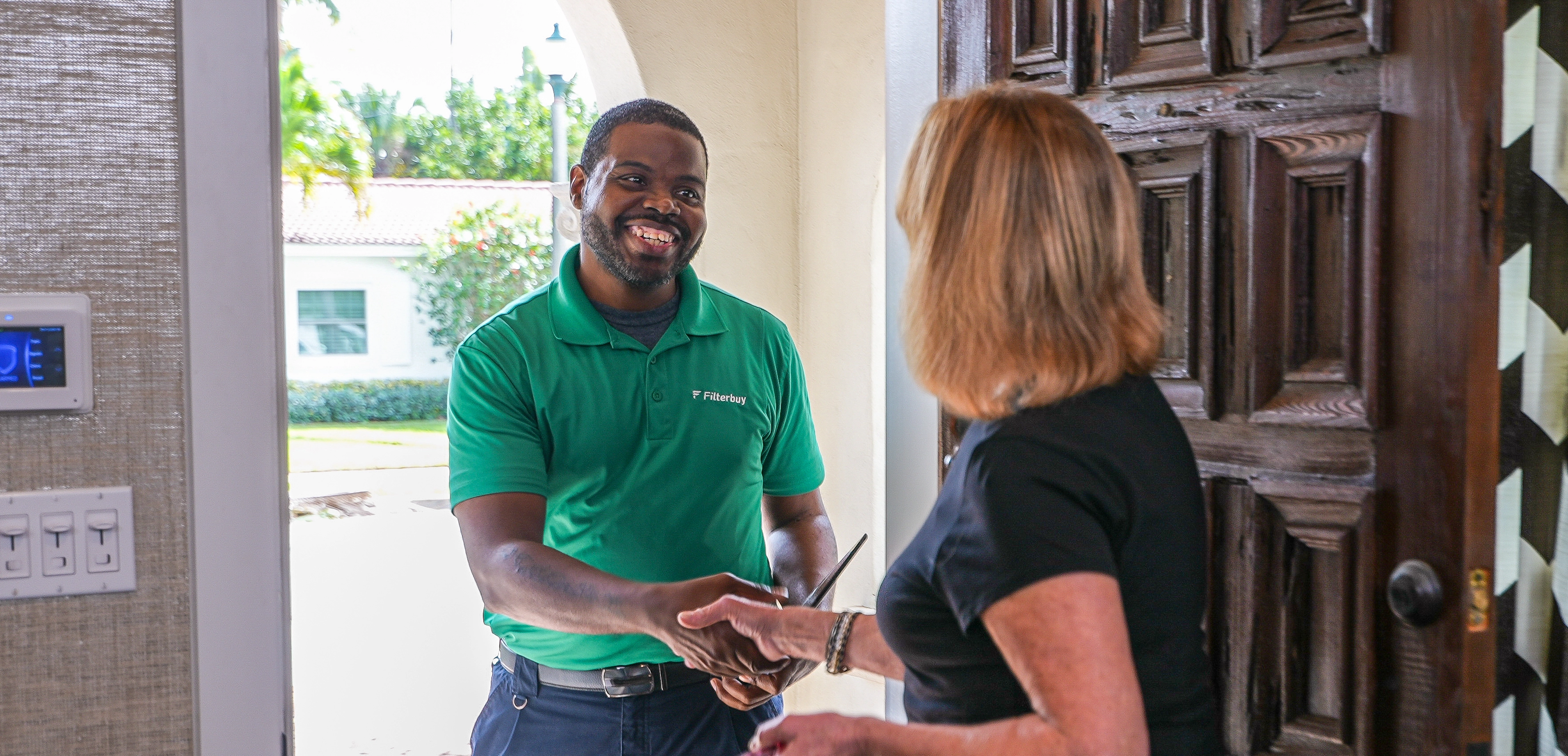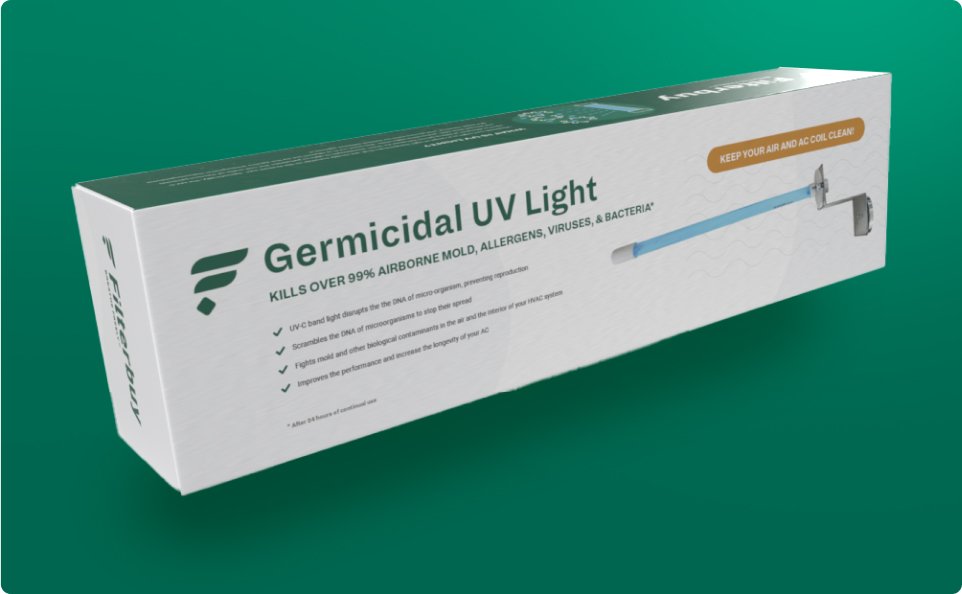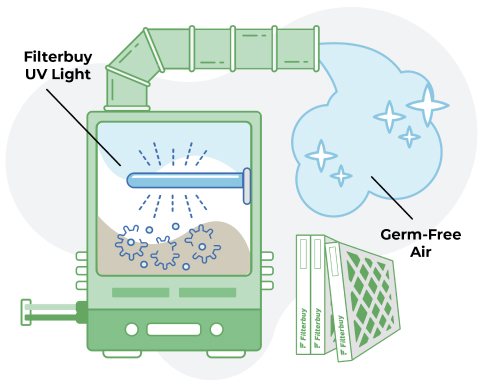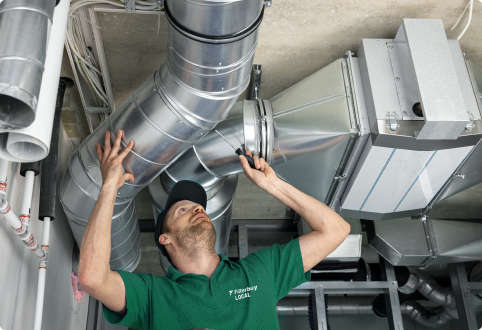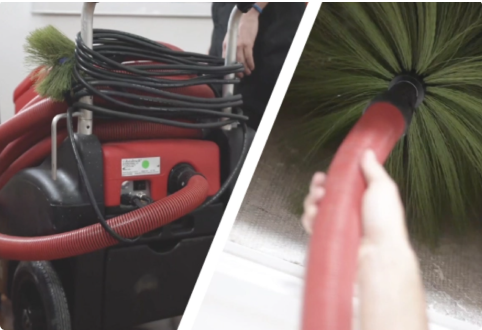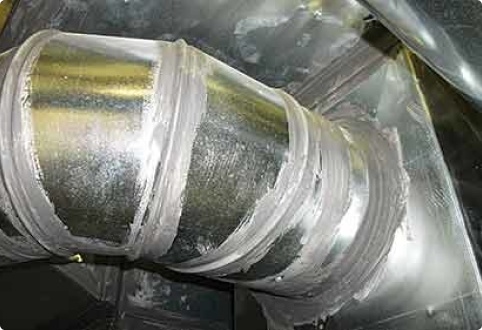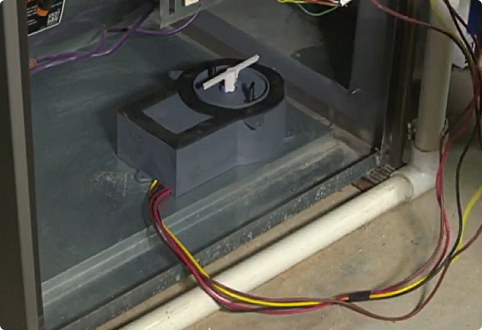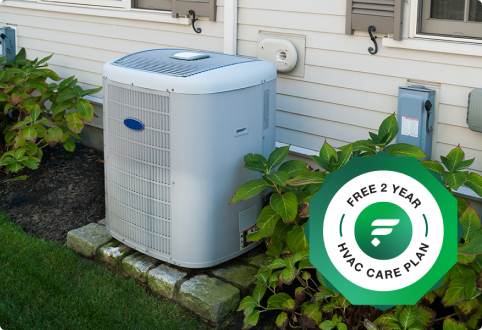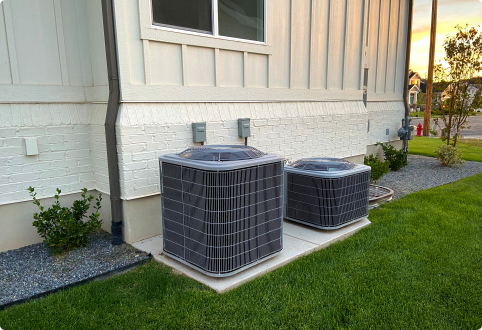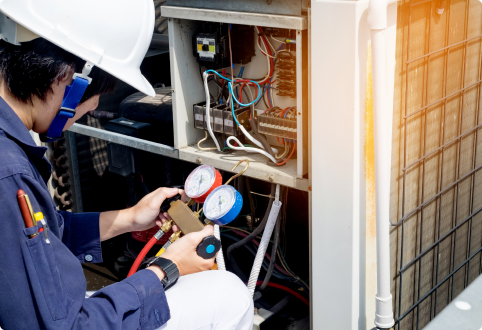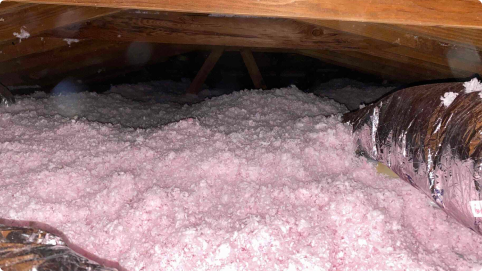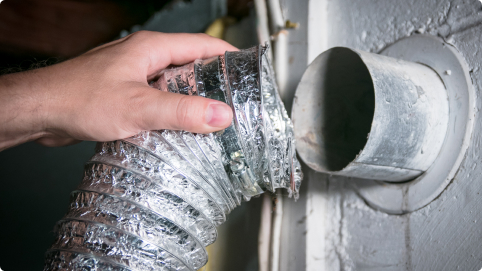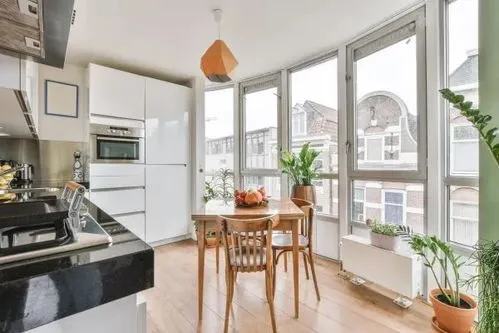Welcome to Filterbuy HVAC Solutions, the best HVAC UV light installation service company proudly serving in and near the greater Palm City, FL area. Please let us know how we can help solve your Palm City HVAC UV light installation needs with professional, affordable, and fast residential and commercial HVAC services by getting a free online quote or by giving our friendly HVAC specialists a call. We look forward to hearing from you!
HVAC UV Light Installation in Palm City FL
There are a lot of benefits from installing UV light into the HVAC systems of your Palm City, FL home and office buildings. It is a modern technology that offers affordable solutions to give your HVAC system a boost when it comes to filtering air.
In Palm City, FL, HVAC UV light installation is among the cost-efficient options for enhancing indoor air quality and efficiency of heating, ventilation, and air conditioning systems.
As you evaluate the potential benefits, such as reduced airborne pathogens and longer HVAC lifespan, it is crucial to examine the intricacies of selecting the right UV light system and the importance of professional installation.
The choice of a certified HVAC professional, adherence to local regulations, and understanding the maintenance requirements post-installation are pivotal aspects you should consider.
Understanding HVAC UV Light Benefits
Installing UV lights in HVAC systems offers significant benefits, including improved air quality and enhanced system efficiency. There are primarily two UV light types utilized in HVAC units: UV-C and UV-A. UV-C light is more commonly used due to its effectiveness in disinfection, capable of deactivating harmful microorganisms such as bacteria, viruses, and mold. By targeting the DNA and RNA of these pathogens, UV-C light prevents them from replicating and causing health issues, thereby reducing the risk of respiratory problems and other health implications.
Incorporating UV lights into HVAC systems not only purifies the air but also improves the overall operation of the system. By eradicating mold and bacteria that can accumulate in the coils and ductwork, UV lights decrease the workload on the HVAC system. This reduction in biological buildup helps maintain the system's efficiency, leading to fewer repairs and prolonged equipment life.
Consequently, this contributes to better respiratory health and a safer living environment by continuously treating the air circulated throughout the space. Therefore, the integration of UV technology in HVAC systems is a proactive step towards ensuring a healthier indoor atmosphere.
Cost Analysis for UV Light Systems
The cost of implementing UV light systems in HVAC units varies depending on several factors, including the type of UV light, system size, and installation complexity. To provide a clearer understanding, consider the following breakdown:
1. Type of UV Light: The selection between coil sterilizing lights and air sterilizing lights can significantly impact the cost. Coil sterilizing lights are generally less expensive compared to air sterilizing lights, which require more comprehensive installation.
2. System Size: Larger systems necessitate more extensive coverage and potentially multiple UV lights, escalating the overall cost. Conversely, smaller systems may only require a single, less costly UV light setup.
3. Installation Complexity: Complex systems may need custom configurations or additional modifications, leading to higher labor costs and extended installation time.
4. Financial Incentives and Warranty Options: Various manufacturers offer different warranty options that can affect long-term costs. Additionally, local or federal financial incentives may be available to offset initial expenses, making UV systems more affordable.
Understanding these factors will help homeowners and business operators in Palm City FL make informed decisions about integrating UV light systems into their HVAC units, balancing upfront costs against long-term benefits.
Installation Process Explained
Understanding the installation process of HVAC UV light systems in Palm City FL is crucial for ensuring optimal performance and longevity. This task involves meticulous attention to detail and adherence to safety precautions to avoid hazards such as electrical shocks or exposure to UV radiation.
The installation begins with selecting the appropriate location within the HVAC system to mount the UV light. It is typically installed near the cooling coil where it can effectively inhibit the growth of mold and bacteria. Before starting the installation, it is essential to turn off the power to the HVAC system to ensure safety.
Tool requirements for installing a UV light system include screwdrivers, drills, and possibly wire strippers if electrical connections need to be made. Wearing protective gear, such as safety goggles and gloves, is recommended to protect against accidental injuries.
Carefully mount the UV light unit using the brackets provided, ensuring it is securely in place to prevent any movement or vibration. Connect the unit to an appropriate power source, adhering to all electrical codes and standards. Finally, after securing all components, restore power to the system and test the UV light to ensure it functions correctly. This completes the installation process, setting the stage for effective air purification.
Maintaining Your UV Light System
Once your HVAC UV light system is installed, regular maintenance is key to sustaining its effectiveness and efficiency. Proper care not only ensures optimal performance but also extends the system's longevity. Maintaining your system involves a few critical steps that help in efficiency monitoring and overall system health.
Here's a straightforward maintenance checklist:
1. Regularly Check and Replace the UV Bulbs: UV bulbs are not forever; they degrade over time. Typically, these bulbs last for about 9000 hours or approximately one year of use. Regular checking and timely replacement are crucial to maintain the disinfection efficiency of your system.
2. Clean the UV Lamps: Dust and dirt accumulation on the lamps can shield microorganisms from UV exposure. Cleaning the lamps every 6 months enhances their effectiveness and energy efficiency.
3. Inspect for Any Damages: Regularly inspect the UV system for any signs of damage or wear. Check for cracks, and ensure that the fixtures and connections are secure. This prevents future system failures and supports system longevity.
4. Monitor System Performance: Install sensors or employ methods to monitor the operational efficiency of the UV system. Efficiency monitoring helps in identifying performance issues early, thus maintaining the overall health of the HVAC system.
Choosing the Right HVAC Professional
Selecting a qualified HVAC professional is crucial for the successful installation and maintenance of your UV light system. When choosing a technician in Palm City FL, the first factor to consider is their professional credentials. Look for HVAC experts who are certified by recognized industry bodies such as the North American Technician Excellence (NATE). Certification ensures that the technician has undergone rigorous training and adheres to high standards in HVAC installation and maintenance.
Additionally, it's important to verify whether the HVAC company holds a valid license to operate in Florida. This not only confirms their legitimacy but also provides a layer of protection to homeowners in the event of substandard work.
Another critical aspect is the service guarantees offered by the HVAC provider. A reliable professional will provide clear guarantees regarding the effectiveness and durability of the UV light installation. These guarantees protect you financially and give you peace of mind that any potential issues will be promptly addressed without additional costs.
Frequently Asked Questions
How Much Does It Cost to Install UV Lights in HVAC?
The cost of installing UV lights in an HVAC system can vary depending on factors such as the size of the system, the type of UV light being installed, and any additional installation requirements. In general, the cost can range from a few hundred to a few thousand dollars. It is recommended to consult with a professional HVAC technician to get an accurate estimate tailored to your specific needs.
Is It Worth Installing UV Light in the HVAC?
Installing UV lights in HVAC systems is considered beneficial for several reasons. UV lights can help improve indoor air quality by killing or inactivating mold, bacteria, and viruses that may be present in the system. This can lead to a healthier indoor environment and potentially reduce the risk of respiratory issues. Additionally, UV lights can help prevent the growth of mold and mildew within the HVAC system, which can improve its efficiency and prolong its lifespan.
Can I Install a UV Light in My HVAC System?
In most cases, it is possible to install UV lights in an HVAC system. However, it is important to consult with a qualified HVAC technician to determine the most suitable type of UV light for your system and ensure proper installation. DIY installation is not recommended as it may result in ineffective or unsafe operation of the UV light.
What Is the Disadvantage of UV Light in HVAC?
One potential disadvantage of UV lights in HVAC systems is that they may not be effective against all types of contaminants. While UV lights are efficient at killing mold, bacteria, and viruses, they may not be as effective against particulate matter such as dust and allergens. In some cases, UV lights may also produce ozone as a byproduct, which can be harmful if not properly controlled.
Do HVAC UV Lights Use a Lot of Electricity?
HVAC UV lights are designed to be energy-efficient and typically do not consume a significant amount of electricity. The energy consumption of UV lights is relatively low compared to other components of an HVAC system, so they are not likely to have a significant impact on electricity bills.
What Is the Life Expectancy of a UV Light for HVAC?
The life expectancy of a UV light for HVAC systems can vary depending on factors such as the quality of the light, the frequency of use, and maintenance practices. On average, UV lights can last anywhere from 9,000 to 14,000 hours of continuous use before needing replacement. It is recommended to follow manufacturer guidelines for maintenance and replacement to ensure optimal performance.
Does UV Light Damage AC Coils?
UV light can potentially damage AC coils if the light is not installed properly or if it is too close to the coils. UV light can cause degradation of certain materials over time, so it is important to ensure that the light is positioned correctly to avoid direct exposure to the coils. Consulting with a professional HVAC technician can help prevent any potential damage to AC coils.
What Are the Cons of UV Lamps?
Some cons of UV lamps include the initial cost of installation, maintenance requirements, and the need for periodic replacement of the UV bulbs. Additionally, UV lamps may not be effective against all types of contaminants, so they may need to be used in conjunction with other air purification methods for optimal results.
Can UV Light Damage the Air Handler?
UV light can potentially damage the air handler if not installed correctly or if the intensity of the light is too high. UV light can cause degradation of certain materials over time, so it is important to ensure that the light is positioned correctly and that the intensity is adjusted according to manufacturer guidelines. Regular maintenance and inspections can help prevent any damage to the air handler.
Where Is the Best Place to Install a UV Light in HVAC?
The best place to install a UV light in an HVAC system is typically near the coils or in the air handler where mold and bacteria growth are most likely to occur. By installing UV light in these locations, it can help prevent the growth of contaminants and improve indoor air quality. Consulting with a professional HVAC technician is recommended to determine the most suitable location for UV light installation in your specific system.
Do HVAC UV Lights Get Hot?
HVAC UV lights are designed to produce minimal heat during operation. The heat generated by UV lights is usually not significant enough to affect the temperature of the air passing through the system. However, it is important to ensure proper installation and ventilation to prevent any potential issues related to heat buildup.
Is a HEPA Filter Better Than a UV Light?
HEPA filters and UV lights serve different purposes in HVAC systems. HEPA filters are effective at capturing particulate matter such as dust, pollen, and pet dander, while UV lights are designed to kill or inactivate mold, bacteria, and viruses. In some cases, using both HEPA filters and UV lights together can provide comprehensive air purification by targeting different types of contaminants. The choice between a HEPA filter and a UV light may depend on the specific indoor air quality concerns and needs of the individual.
Here is the nearest branch location serving the Palm City area…
Filterbuy HVAC Solutions - West Palm Beach FL
1655 Palm Beach Lakes Blvd ste 1005, West Palm Beach, FL 33401
(561) 448-3760
https://maps.app.goo.gl/AiRzEnWDJCmsKBvi7

.webp)
.webp)
.webp)
.webp)




